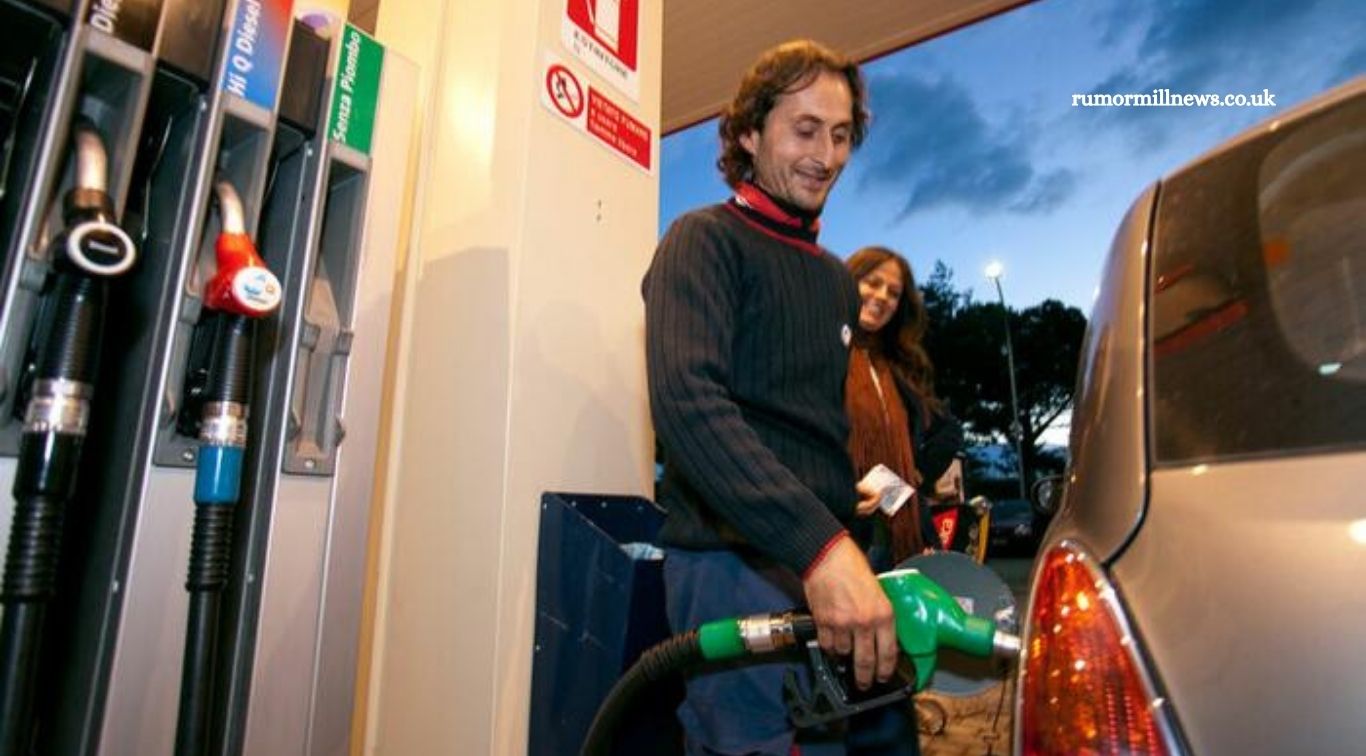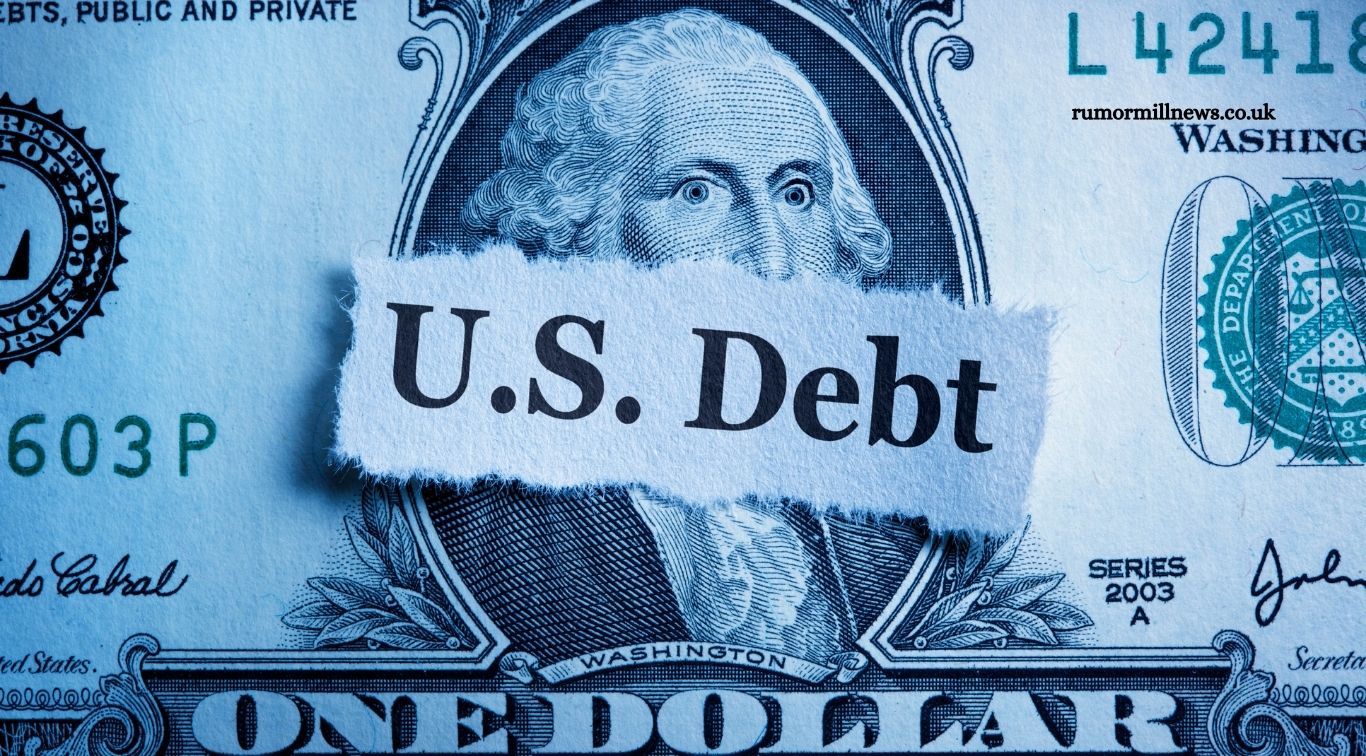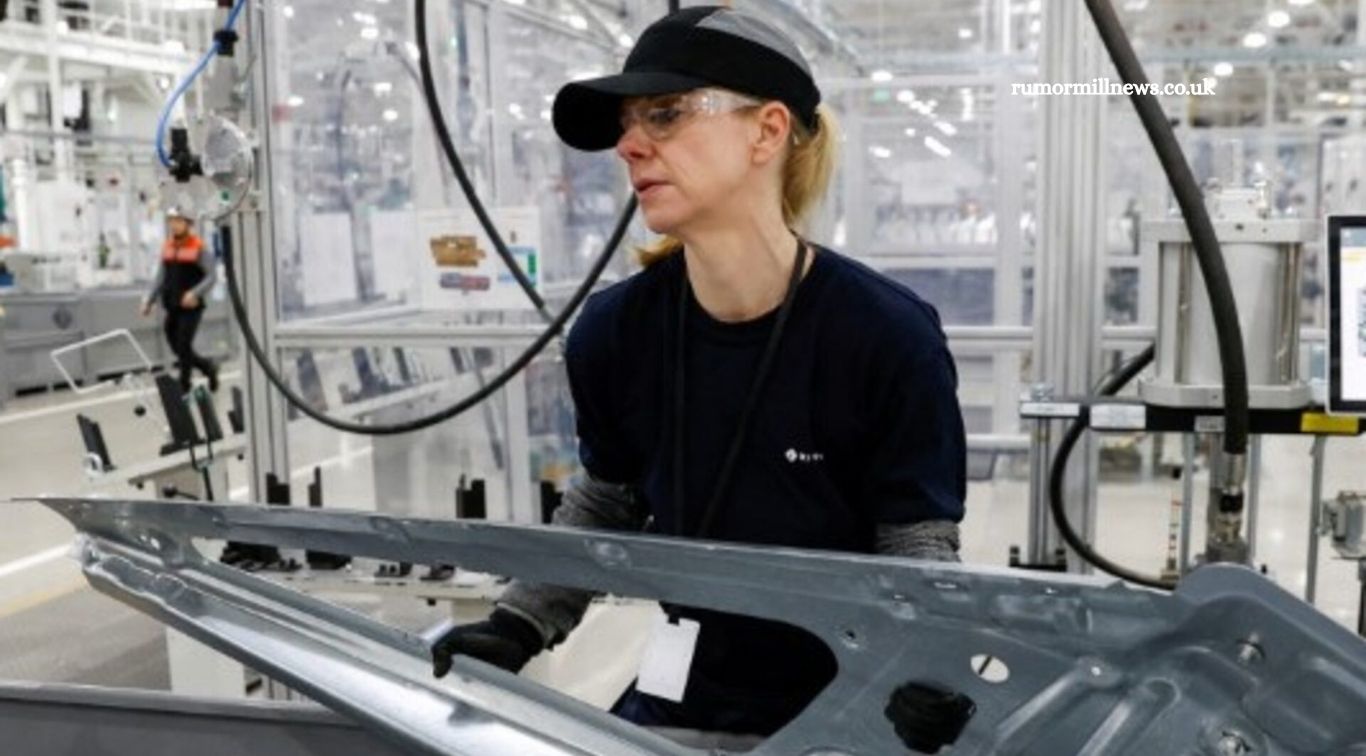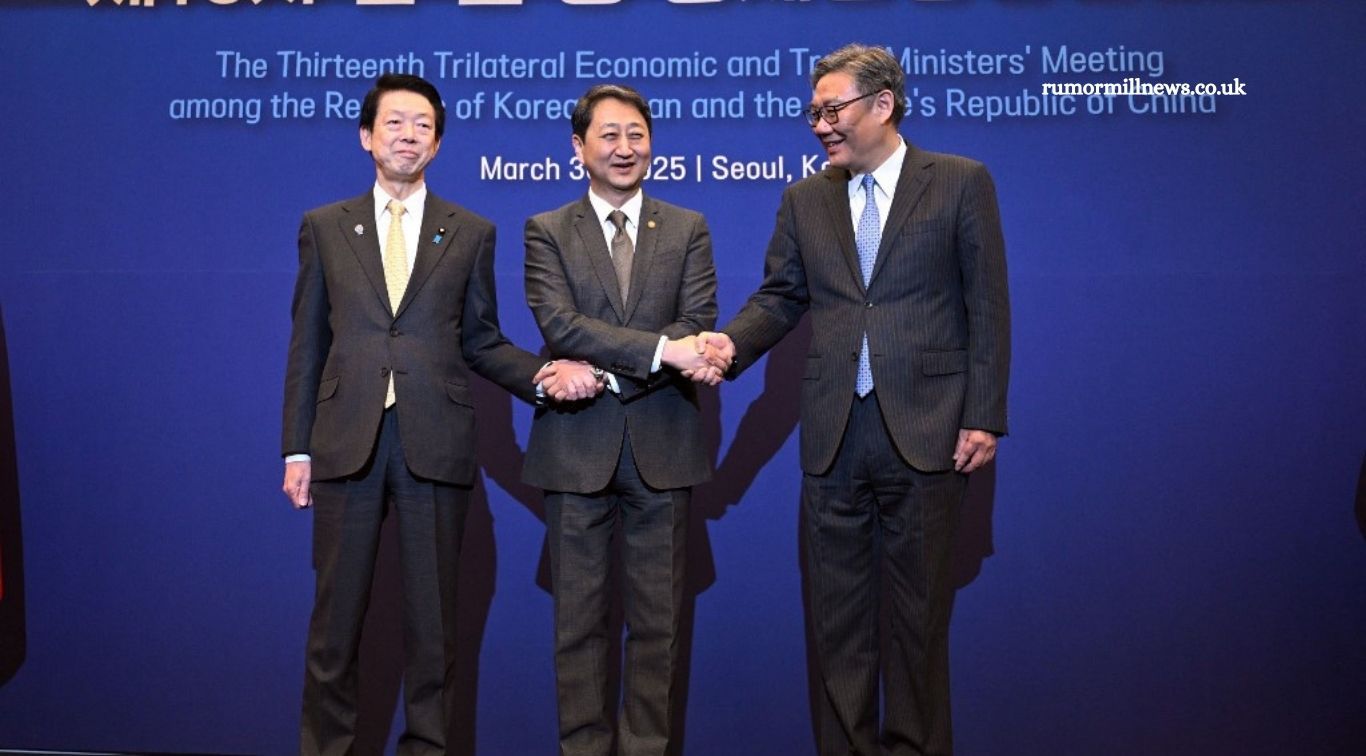Starting in 2025, drivers face a significant price surge at gas stations as the EU Emissions Trading System (ETS II) expands to cover the transport and building sectors. This extension signals another wave of rising costs, driven once again by the European Union’s climate policy—an increasingly influential factor in inflation.
In late January, the Bundestag approved reforms to the EU Emissions Trading System, introducing free trade of CO₂ certificates in these sectors starting in 2025, marking a major shift in environmental regulation and its impact on everyday expenses.
What Has Been Decided?
Until the end of 2026, Germany enforces a fixed price on CO₂ emissions from fossil fuel consumption, currently set at €55 per ton and scheduled to rise to €65 next year. Starting in 2025, this fixed fee will be replaced by a market-driven price determined through the European emissions trading system.
In this free exchange, companies must purchase CO₂ emission allowances by bidding, while the EU sets a cap on the total number of certificates available. This mechanism represents the EU Commission’s most powerful tool yet to directly shape citizens’ behavior and is expected to spark considerable debate and conflict.
Read More: Canada’s Manufacturing Slumps Amid Tariffs, Trade Woes
What Does This Mean for Everyday Life?
Starting in 2025, ADAC predicts fuel prices could jump by up to 38 cents per liter for diesel and gasoline, with the possibility of even higher increases depending on market conditions. For 2026, a smaller rise of about 3 cents per liter is already expected. For a family of four driving two vehicles a total of 30,000 kilometers annually, the added costs from the limited availability of CO₂ certificates could reach between €500 and €800 each year.
For many people living in rural or economically weaker regions, this price surge turns mobility into a financial burden. Millions of commuters, who rely on their cars for daily life, face severe challenges. Politically, these drivers are often overlooked, treated merely as sources of revenue in this costly climate policy. It is alarming that despite already collecting 54% taxes at the pump, the state continues to increase financial pressure on consumers.
Social Associations Demand Compensation
Social organizations have only recently begun responding to the looming price hikes. In a five-point plan, they call for a significant increase in the EU’s Climate Social Fund, which currently holds €65 billion. This fund aims to support low-income households and small businesses affected by the transition to the free emissions trading system.
This pattern reflects a common intervention cycle: Brussels’ climate policies impose steep costs on the real economy, triggering immediate calls for financial aid and subsidies. These demands add further fiscal pressure—funds that neither EU member states nor the Commission can easily generate.
Ultimately, the burden falls on taxpayers, who end up paying twice: once through emissions trading costs and again through expanding social compensation programs, driving public spending out of control.
A Look Across the Atlantic
Across the Atlantic, energy policy takes a markedly different direction. While Germany plans to sharply increase CO₂ prices from 2025 potentially pushing fuel costs up by 38 cents per liter—the average gasoline price in the U.S. currently hovers around €0.83 per liter. Under President Donald Trump, the U.S. government has pursued deregulation of the energy sector, accelerating infrastructure projects like new pipeline construction to boost fossil fuel production. At the same time, subsidies for renewable energy are being reduced, allowing the market to determine investment levels and priorities.
This strategic shift focuses on securing energy supply and stabilizing prices. By relying on market forces and innovation instead of heavy state intervention and taxes, the U.S. aims to reduce economic pressures on consumers and businesses while enhancing its energy sovereignty as the world’s largest oil producer.
Policy Without Measure or Moderation
By fully implementing Brussels’ mandate for free pricing of CO₂ certificates, Germany risks undermining the productive sectors of society that depend heavily on mobility. This comes at a critical time when the German economy is already burdened by stringent climate regulations, excessive bureaucracy, and rising taxes—trapped in a stagnation it struggles to overcome. The introduction of CO₂ pricing in 2025 poses not only a social threat but also an economic gamble that disregards the country’s current economic challenges.
Frequently Asked Questions
What is the EU Emissions Trading System (ETS II) and how does it affect transport and buildings?
The EU Emissions Trading System (ETS II) is an extension of the existing carbon market to include the transport and building sectors starting in 2025. It requires companies to buy CO₂ certificates for their emissions, effectively putting a price on carbon and encouraging reductions in greenhouse gases. This is expected to increase fuel and energy costs for consumers.
How will CO₂ pricing change in Germany after 2026?
Until 2026, Germany applies a fixed CO₂ price on fossil fuel consumption. From 2025, this fixed price will be replaced by a market-driven system where the price is set through bidding for emission certificates within the EU carbon market, likely causing fuel prices to rise significantly.
How much will fuel prices increase due to the CO₂ trading scheme?
According to ADAC, fuel prices could increase by up to 38 cents per liter starting in 2025, depending on market conditions. For 2026, a smaller rise of around 3 cents per liter is expected.
Who will be most affected by these price increases?
Families in rural or economically weaker regions, as well as commuters dependent on cars, will feel the impact the most. Increased fuel prices could add between €500 and €800 annually for an average family with two vehicles driving 30,000 kilometers per year.
What is the EU Climate Social Fund?
The EU Climate Social Fund is a €65 billion fund designed to support low-income households and small businesses in managing the transition to the free emissions trading system. Social organizations are advocating for an increase in this fund to help ease the financial burden.
How does the U.S. approach energy policy differently?
Unlike the EU, the U.S. under President Donald Trump pursued deregulation of the energy sector, fast-tracking fossil fuel infrastructure and scaling back renewable energy subsidies. This market-driven approach aims to stabilize prices and secure energy supply without heavy state intervention.
What are the broader economic implications of the new CO₂ pricing in Germany?
Experts warn that the new CO₂ pricing could further strain the German economy, which is already struggling with heavy regulation, bureaucracy, and high taxes. The policy risks deepening economic stagnation and increasing social inequalities.
Conclusion
Germany’s planned shift to a market-driven CO₂ pricing system in 2025 marks a critical turning point for the country’s economy and its citizens. While designed to drive emissions reductions, the move threatens to increase fuel costs significantly, placing heavy financial pressure on families, commuters, and businesses especially in rural and economically vulnerable regions.
As inflationary forces mount and social support funds strain under growing demands, the policy risks deepening economic stagnation and social inequality. Balancing environmental goals with economic realities will be essential to ensure a fair and sustainable transition for all.




